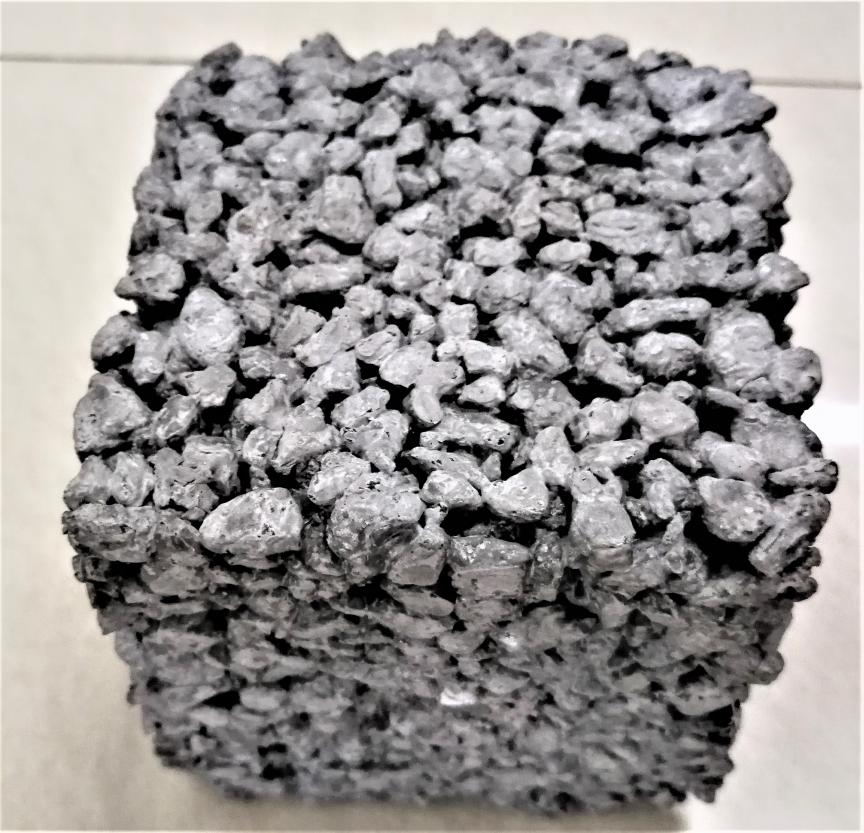How Roads Can Help Cool Sizzling Cities
Rutgers-led study shows permeable concrete pavement can benefit the environment

Special permeable concrete pavement can help reduce the “urban heat island effect” that causes cities to sizzle in the summer, according to a Rutgers-led team of engineers.
Their study appears in the Journal of Cleaner Production.
Impermeable pavement made of concrete or asphalt covers more than 30 percent of most urban areas and can exceed 140 degrees Fahrenheit in the summertime. It heats the air, posing human health risks, and surface runoff, threatening aquatic life.
In cities with 1 million or more people, average air temperatures can be 1.8 to 5.4 degrees Fahrenheit higher than in less densely populated areas. The difference can be up to 22 degrees at night. The heat can increase peak demand for energy in the summertime, air conditioning costs, air pollution and greenhouse gas emissions, heat-related illness and deaths, and water pollution, according to the U.S. Environmental Protection Agency.
The engineering team at Rutgers developed designs for permeable concrete that is highly effective in handling heat. Permeable pavement contains large connected pores, allowing water to drain through and reducing pavement temperature. Water in pores will also evaporate, reducing pavement surface temperature. Moreover, permeable concrete pavement does a better job reflecting heat than asphalt pavement.
The study found that permeable concrete pavement gives off slightly more heat on sunny days compared with conventional concrete pavement, but 25 to 30 percent less heat on days after rainfall. The engineers improved the design of permeable concrete with high thermal conductivity – meaning it can transfer heat more quickly to the ground – further reducing heat output by 2.5 percent to 5.2 percent.
“Highly efficient permeable concrete pavement can be a valuable, cost-effective solution in cities to mitigate the urban heat island effect, while benefitting stormwater management and improving water quality,” said corresponding author Hao Wang, an associate professor in the Department of Civil and Environmental Engineering in the School of Engineering at Rutgers University–New Brunswick. He is also an affiliated researcher at the Center for Advanced Infrastructure and Transportation.
Incorporating industry byproducts and waste into permeable concrete can increase its economic and environmental benefits. In another study in the Journal of Cleaner Production, Wang’s team designed permeable concrete with fly ash and steel slag to reduce the costs, energy consumption and greenhouse gas emissions linked to raw materials.
Previously, permeable pavement has been used as green infrastructure to reduce stormwater runoff and flooding risk in urban areas. Today, permeable concrete is mainly used in lightly trafficked areas, such as sidewalks, parking lots and rest areas. The Rutgers-led team is studying how to make permeable concrete stronger and more durable so it can be used in urban streets.
The lead authors of the two studies are Jiaqi Chen, a former postdoctoral researcher at Rutgers, and Xiaodan Chen, a Rutgers doctoral student. Co-authors include professor Husam Najm and engineering researcher John Hencken at Rutgers and collaborators at the New Jersey Department of Transportation and Central South University in China.